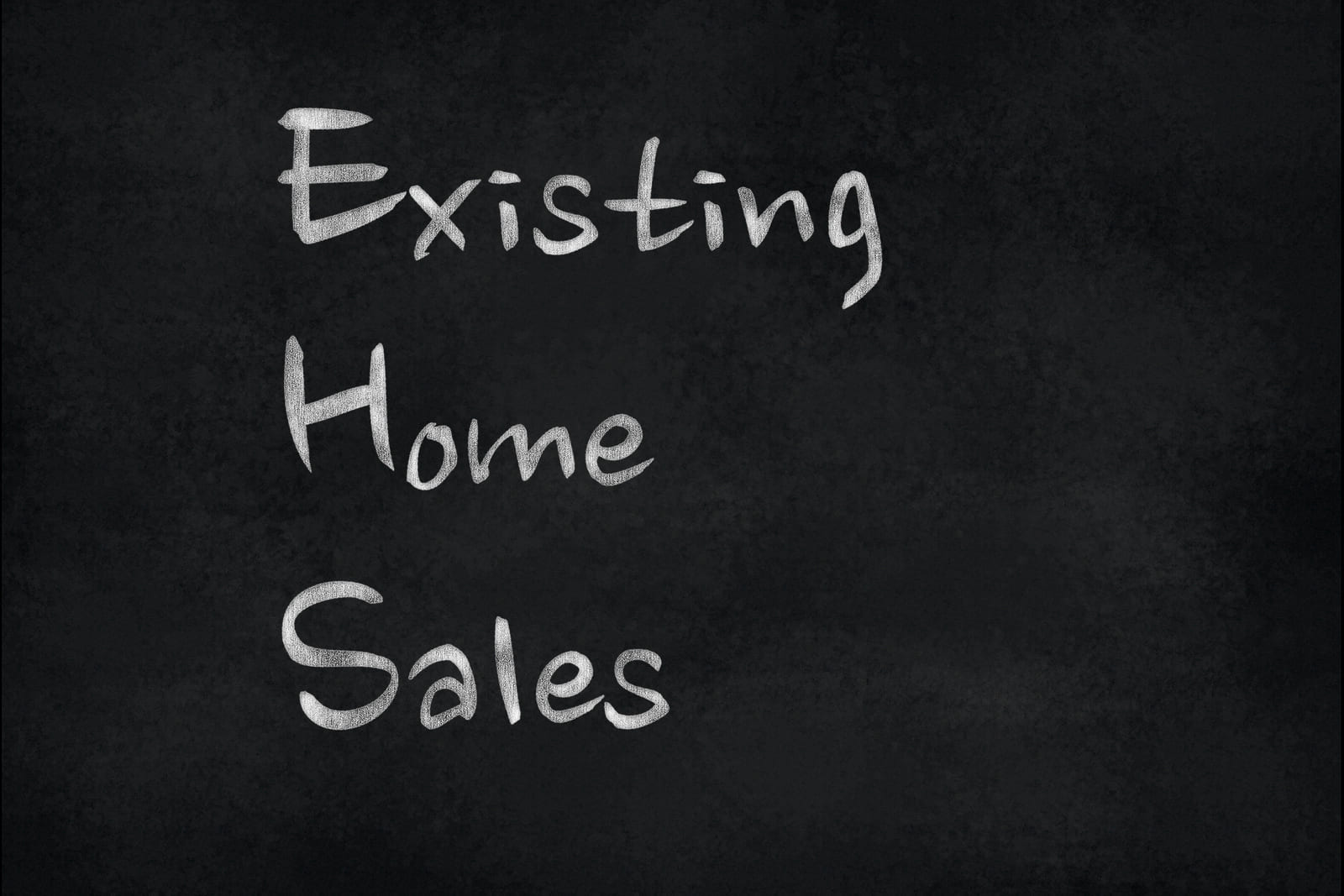
Existing home sales drop once again in November 2022, making it the 10th consecutive month that the number of sales for existing homes went down.
In a recent report from CNBC, we are told that existing home sales went down a little more than expected. In fact, it went much more than what industry analysts and experts predicted and much more than the typical seasonal decline.
Existing home sales encompass each and every sale of non-new-construction homes. These include single-family units, townhouses, condos, and co-ops.
CNBC reported that existing home sales dropped 7.7%, making it the slowest pace since 2010. This number is based on the number of closed sales, so it is very likely that these numbers reflect September and October sales, around the same time when mortgage rates were high. Rates went over 7.00% for a 30-year fixed-rate mortgage at the time.
As far as inventory is concerned, it is still tight at 3.3 months but is still a slight year-over-year increase. This kept the heat on their prices, which went up 3.35% year-over-year, the highest November price on record since 1968.
An interesting fact about these sales is that the shares of annual all-cash transactions went up to 26% while investor shares dropped to 14%. This means that recent homebuyers purchased investment properties in cash instead of taking out a loan.
Mortgage rates went up about 0.25% this week. Refinance demand also went up 6% from last week while home purchase demand went down 35% year-over-year.
3 Causes of the Recent Decline in Existing Home Sales
The decline in existing home sales wasn’t at all totally unexpected. Given the way things have gone in the past several months, the downward trend was inevitable.
The economy had a very huge role to play in the drop in sales of existing homes. We have been through some pretty tough times this past year. Just when things were starting to look good as we’re all recovering from the economic downturn caused by COVID-19, the Eastern European geopolitical conflict clocked us like a powerful left hook.
Because of this, homebuyers and real estate investors were faced with blocker after blocker for the most part of 2022. Here are some of the most obvious reasons why existing home sales dropped for the 10th consecutive month in November:
1. High Mortgage Rates

The rising mortgage rates have pushed a lot of homebuyers and investors out of the market.
The pandemic saw us through some record-low mortgage rates. During this time, investors took advantage of low rates and high demand for rental properties. An investment property bought with a loan during the pandemic was, indeed, quite a steal for anyone who bought affordable properties with low-interest rates. However, this was short-lived.
Industry experts and analysts predicted that 2023 will see a high of 5% when the year ends. However, what they did not account for was the war Russia declared on Ukraine. Things went on a pretty nasty downward spiral since then. Inflation rates went up, which greatly affected interest rates as the Federal Reserve took an aggressive stance against inflation.
We saw interest rates hit the 7.00% mark in the third quarter of 2022. At the time of writing, mortgage rates have dropped a bit but are still hovering near the 6.50% mark. According to Bankrate, the mortgage rate on a 30-year fixed loan is 6.57% while a 30-year refinance rate is 6.69%.
Related: How to Get the Best Mortgage Rate for Investment Property in 2023
2. High Property Prices
While the US housing market has shown plenty of signs that it is slowing down, it still doesn’t mean that property prices have gone down as well. The cooldown simply means that property prices aren’t going up as fast as they have.
According to real estate website Mashvisor, there are significant differences in the national median property price between Q1 2022 and Q3 2022. As of March 2022, the national median property price on a state level was $541,768. By September 2022, this number went up to $557,207.
While it is true that a lot of markets have also seen some significant decreases in property prices in Q4, property appreciation will keep up—and most likely stay permanent—over the long-term period.
Related: Will There Be a Real Estate Housing Market Correction in 2023?
3. High Inflation Rates
Lastly, high inflation rates make it difficult for potential buyers and sellers to move property around. Because of high inflation, it is now more financially challenging to maintain a home, much less acquire another property.
High inflation rates affect the housing market in several ways:
- Higher mortgages
- Rising asset prices
- Depreciation of long-term debts
- Increased construction and maintenance costs
- Increased rental rates
- Decreased housing demand
While most investors aren’t strangers to increasing mortgage rates and property prices, 2022 brought us a juggernaut of a problem with the high inflation rates we saw this year. It has turned off a lot of potential real estate investors and has made existing investors have doubts about investing in rental properties at this time.
How Lower Existing Home Sales Are Affecting Investors
There are two ways to look at the current status of existing home sales. The first is that it shows how the market is shifting heavily in favor of buyers as the demand for housing drops. Secondly, it presents people with opportunities to get into real estate investing with less competition in the market.
As a real estate investor, the effects of this drop in existing home sales vary depending on your investment strategy.
The Chances of Making a Good Profit on Fix-and-Flips Are Low
First, if you’re a fix-and-flip investor, you will find that it is more challenging to make a decent profit on your investment. As a house flipper, your goal is not just to get a return on investment but also to make a profit. With the way things are going now, it is still possible to break even, but to get a good profit is a different matter.
Property prices for existing and non-rehabilitated properties are already high enough to turn off potential buyers. Fix-and-flips typically cost a lot more because you need to factor in all the rehabilitation and selling costs that go with the territory.
Related: House Flipping Profits in Q3 2022 Down vs Previous Quarter
Rental Rates Are Going Up
Investors in rental properties might fare better than house flippers at this time. Due to the high rate of inflation and mortgage rates, the demand for homeownership went down, which then boosted the demand for rental properties.
Many potential homebuyers have put their plans on hold due to high mortgage rates. Instead of buying a property, they’re opting to temporarily rent a home and wait for property prices and mortgage rates to become more affordable.
Because of the increase in rental property demand, investors can make a good ROI and help meet the need for housing at this time. Landlords are increasing their prices not out of greed but mainly out of a need to cope with the rate of inflation. Maintaining a rental property entails plenty of costs and adjusting rental rates reasonably will help them keep up with the rising prices of goods and services.
Less Competition in the Market
Because a lot of other investors are turning away from investing temporarily due to the high mortgage rates, those who can afford to invest at this time have more choices to pick from. As other investors take a step back from investing, those who are financially capable are quick to take advantage of this “open season” as there are far fewer investors to compete with.
This opens up investment opportunities that would otherwise have been closed doors had there been more buyers in the market.
Wrapping Up
The number of existing home sales dropping is not necessarily a bad thing, especially if you’re an investor who is in a good place financially. However, it is still recommended that you do your due diligence before buying any investment property.
With the help of Mashvisor, you can locate the right property that fits your budget and investment goals. Searching for and analyzing properties are made easier with Mashvisor’s tools and database.
Get started on your 7-day free trial with Mashvisor today, followed by a lifetime 15% discount.
